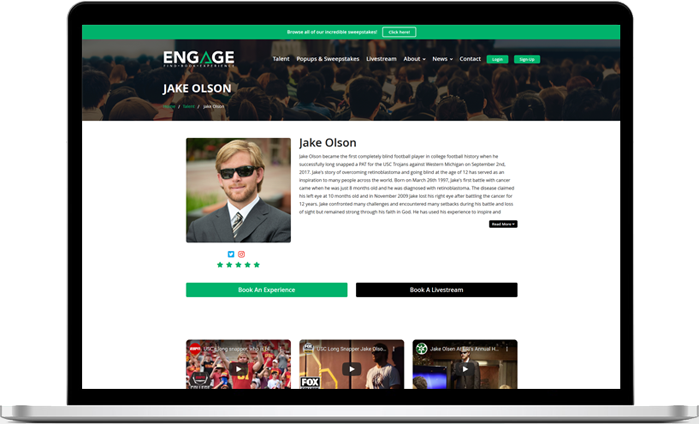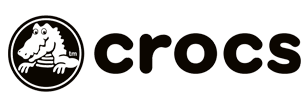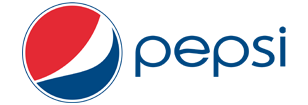Michael Solomon partners with marketers and leaders to help them understand the minds of today's consumers in our volatile economy. Nothing keeps business leaders up at night more than knowing how quickly their brand can be negatively impacted.
Regardless of the size of a company, fully understanding consumer behavior is paramount to not only surviving in today's market but also thriving. This is exactly why Michael is THE go-to expert when it comes to knowing the psychology of the buyer, he's been studying consumer behavior for decades, across all generations. He understands that today's buyer is NOT your cookie-cutter consumer.
Michael's presentations provide a visual excursion into the minds of consumers and what influences them to buy. Michael's latest book, The New Chameleons: How to Connect with Consumers Who Defy Categorization, recently won the NYC Big Book Award for the Marketing & Sales/PR category. The book stitches the trends of today into the future of consumerism in a way that is both provocative and inspiring.
The marketing guru Philip Kotler summed it up when he stated, “Solomon has the mind of a scientist and the writing flair of a journalist.
Michael advises global clients in leading industries such as apparel and footwear (Calvin Klein, Levi Strauss, Under Armour, Timberland), financial services and e-commerce (eBay, Progressive), CPG (Procter & Gamble, Campbell’s), retailing (H&M), sports (Philadelphia Eagles), manufacturing (DuPont, PP&G) and transportation (BMW, United Airlines) on marketing strategies to make them more consumer-centric. He regularly appears on television shows including The Today Show, Good Morning America, and CNN to comment on consumer issues, and he is frequently quoted in major media outlets such as The New York Times, USA Today, Adweek, and Time.
As a Professor of Marketing (in the Haub School of Business at Saint Joseph’s University in Philadelphia) and an industry consultant, Michael combines cutting-edge academic theory with actionable real-world strategies. He helps managers get inside the heads of their customers so they can anticipate and satisfy their deepest and most pressing needs – today and tomorrow. An executive at Subaru said it best: “The man is a scholar who is current and street-wise.”

























































